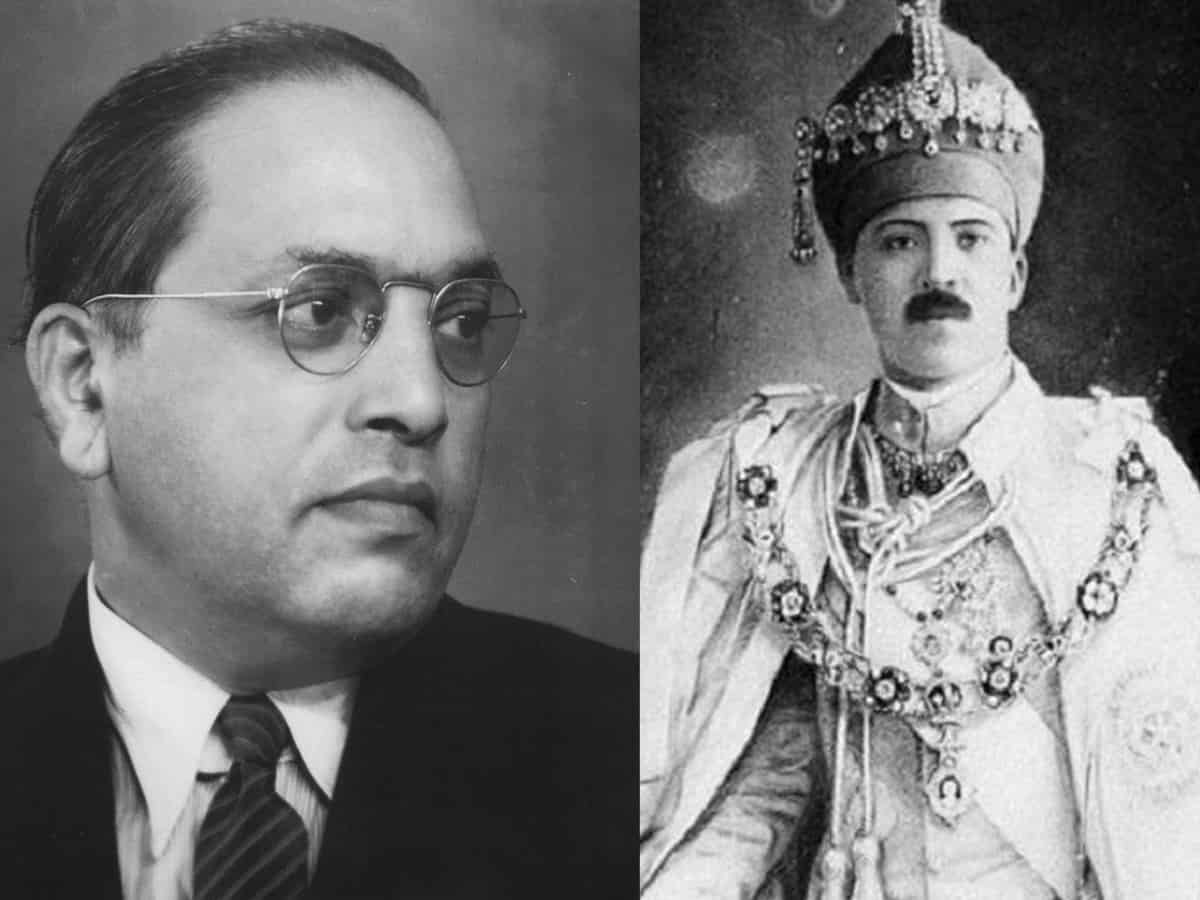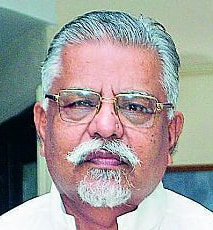

In the wake of independence there were communal tensions in India. Hindu Mahasabha and pro-Hindu elements in the very Congress became vociferous. MIM was not lagging behind. No amount of verbosity would conceal the naked truth, Britishers while granting independence, it bifurcated India into two dominions for Hindus – residuary India, Muslim’s Pakistan.
It was based on two-nation theory. However, Paramountacy power not transferred to either to India or to Pakistan.
With this, 563 princely states had also become independent. They could join either to India or to Pakistan or even to be independent. Taking the advantage of the non-inclusion of the clause (Transfer of Suzerainty) of the Crown to the Government of India, the Nizam preferred to be independent rather than to ‘accede’ either to India or to Pakistan. He took the moral high ground that India was for Hindus and Pakistan for Muslims; his dominion, Hyderabad, was a plural state had many Hindus.
Being himself a Muslim ruler, he wanted to be secular. He was morally and legally right. However, Indian leaders like Jawaharlal Nehru, Vallabhai Patel and B.R. Ambedkar assured the Nizam that India would not be a theoretic state and would be a secular, democratic and welfare state.
The Nizam’s Constitutional Advisor, Sir Walter Moncton was more pragmatic and drew-up a plan of ‘Association’ and ‘Accession’ with Government of India. This paved the way for Standstill Agreement.
That means, the Nizam came down from ‘Independence’ to ‘Association’, an autonomous state similar to
that of earlier Jammu & Kashmir with Art. 370. Is it not now the states’ demanding Centre – States’ federal rights?
The Standstill Agreement itself is a qualified merger with India.
The entente was an anathema to the communal elements of both religions, the Communists and the Razakars. All these groups stirred-up the violence in the state. The Nizam’s administration was capitulated to the Kasim Razvi’s dictates. The Communists let loose violence in Telangana districts. The Nizam’s police and army grown effete.
Hence, the Nizam at the end of his tether decided to have a détente with India. India was equally eager to solve Hyderabad problem. Because there was an international opprobrium against India, the understanding was, the Nizam should not offer resistance to Indian Army and in quid pro quo the Nizam would be allowed to rule the State within Indian dominion. That’s why, when the Army was marching towards Hyderabad, C. Rajagopalchari,
Governor-General of India, sent a telegram to the Nizam reminding him of the concord.
Precisely for this reason Jawaharlal Nehru chided K.M. Munshi for his over action and asked him not to organize any function to receive Indian Army and unceremoniously he was sent out of Hyderabad.
Ali Yavar Jung’s private papers reveal a recondite information. It was B.R. Ambedkar informed Ali Yavar Jung that the Constitution of India would
honour the assurances of the Government of India to princes, and the Nizam would be made lifetime Rajpramukh along with Rajas of Kashmir,
Mysore and Jaipur and also be given handsome privy purse for lifelong.
It was the Nizam who defrayed the expenses of Ambedkar, when he visited London to attend Second Round Table conference. The Nizam had trusted Ambedkar, and issued the Firmana on 24* November, 1949.
Honouring the concord, the Nizam inaugurated the Indian Constitution on 26 January, 1950. Thus, it became 563′ princely state to merge with India!



